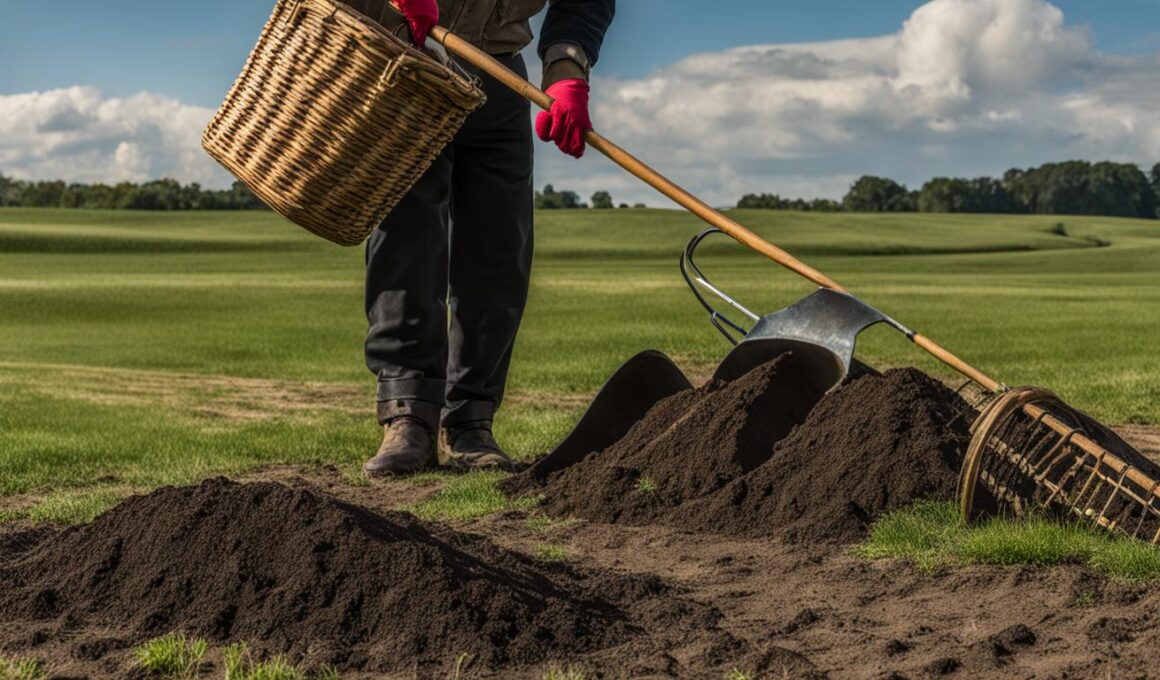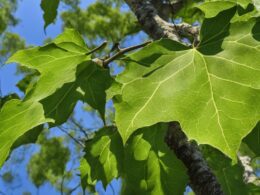Sandspurs, also known as burgrass or sandbur, are an invasive weed that can be found in many regions of the United States, particularly in dry and sandy areas.
They are notorious for their prickly seedheads that can cause pain when stepped on or came into contact with. If you’re dealing with a sandspur infestation, you’ll want to know the most effective methods to remove them and eliminate this troublesome weed from your property.
Identifying and Inspecting Sandspurs
Proper identification is crucial before treating sandspur infestations. Sandbur is a grassy annual weed that resembles normal grass during its early growth phase but later develops prickly seedheads. These seedheads can detach and carry seeds, causing discomfort when in contact with the skin. Common species of sandbur include field sandbur, longspine sandbur, and southern sandbur. Inspecting the infested areas, particularly in sandy or low-fertility regions, can help determine the size and concentration of the sandspur infestation.
Treatment and Prevention of Sandspurs
When dealing with sandspurs, it is crucial to employ the right treatment methods to effectively control their growth. One effective solution is the use of a non-selective herbicide like Eraser 41% Glyphosate. This herbicide is particularly effective when applied during the young and actively growing stage of sandspurs, helping to kill them at the root.
To prevent sandspur reinfestation, it is important to take proactive measures. Applying pre-emergent herbicides, such as Barricade, can inhibit the germination of sandspur seeds. These herbicides act as a barrier, preventing the weeds from establishing themselves in your lawn or garden.
Additionally, maintaining a healthy lawn can minimize the risk of sandspurs returning. Conducting regular soil testing to identify any nutrient deficiencies and correcting them accordingly can help create an environment that is unfavorable to sandspur growth. Regular watering and proper lawn maintenance practices, such as mowing at the correct height, can also help promote the growth of competitive grass, reducing the chances of sandspurs taking hold.
By using an appropriate sandspur herbicide, implementing preventive measures, and maintaining a healthy lawn, you can effectively treat existing sandspur infestations and prevent their reinfestation. Taking these steps will help ensure a sandspur-free lawn or garden, allowing you to enjoy your outdoor spaces without the prickly annoyance of these invasive weeds.
Can Pruning Desert Rose Plants Help Prevent Sandspurs in the Area?
Pruning desert rose tips can help prevent sandspurs in the area by reducing the overall density of the plant, creating less favorable conditions for sandspurs to thrive. Trimming back the branches and removing dead foliage can also help improve air circulation and sunlight, which can deter sandspurs from growing.










